Home>Renovation & DIY>Tools & Equipment>What Grit Sandpaper For Trim
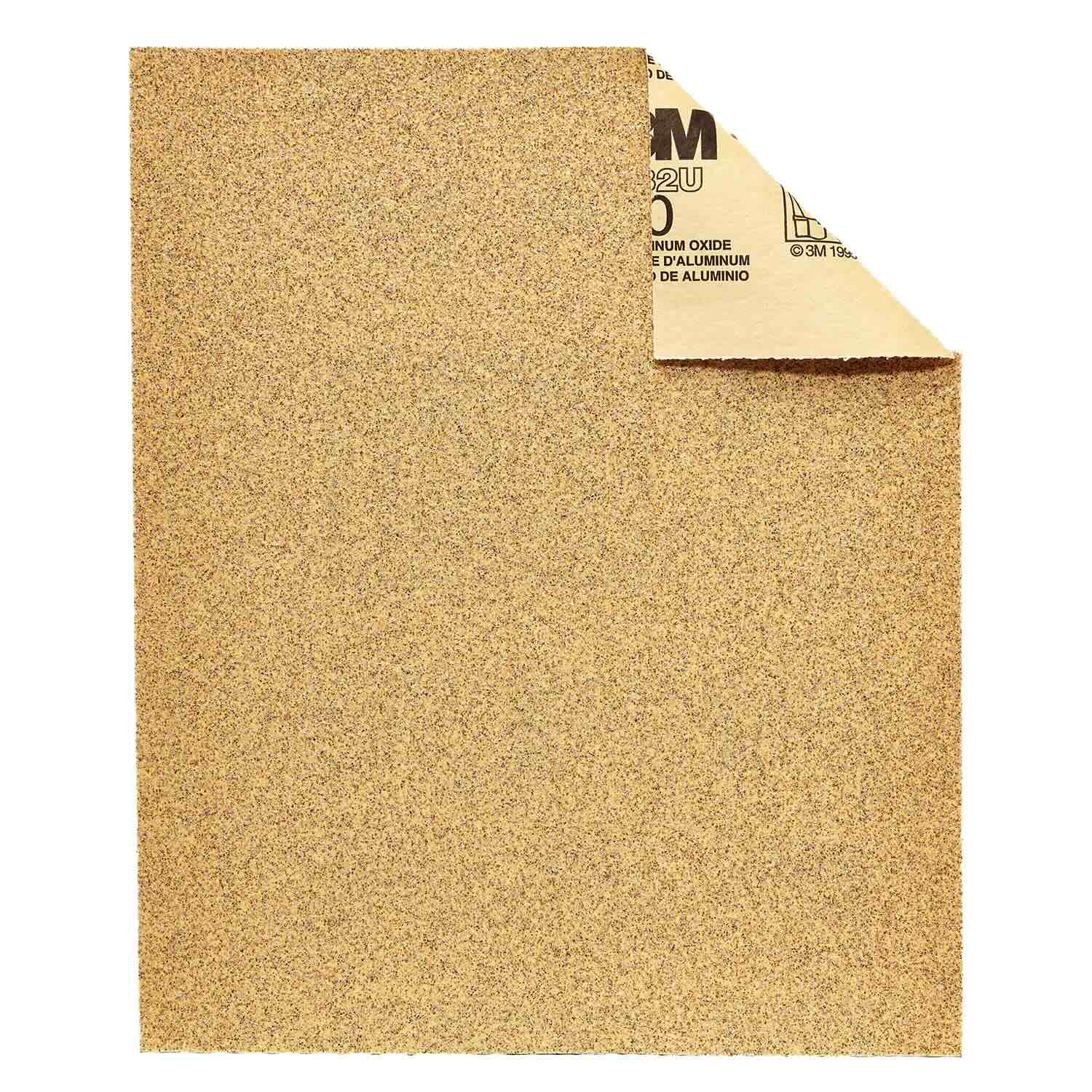

Tools & Equipment
What Grit Sandpaper For Trim
Published: December 20, 2023
Find out which grit sandpaper is best for trimming projects with our comprehensive guide. Explore different options and choose the right tools and equipment for the job.
(Many of the links in this article redirect to a specific reviewed product. Your purchase of these products through affiliate links helps to generate commission for Storables.com, at no extra cost. Learn more)
Introduction
Welcome to the world of sandpaper and the fascinating realm of trim sanding. If you’re someone who enjoys DIY projects or works in the construction industry, you know the importance of achieving a smooth and flawless finish on trim materials. Whether you’re refinishing furniture, installing molding, or working on a home renovation project, having the right sandpaper grit can make all the difference.
In this article, we will delve into the topic of grit sandpaper for trim and explore the various factors to consider when choosing the appropriate grit. We’ll discuss different grit options, their uses, and the benefits they offer. So, let’s dive in and uncover the secrets of achieving a professional-grade finish for your trim work.
Key Takeaways:
- Choose sandpaper grit based on material, condition, and sanding level. Softwood may need medium to fine grit, while hardwood may require coarser grits before refining. MDF and composite trims need less aggressive sanding.
- Progress from coarse to fine grits for optimal trim sanding. Consider project timeline and personal preference. Periodically check sandpaper condition for best results.
Read more: What Is Fine Sandpaper Grit
Understanding Grit Sandpaper
Grit sandpaper is a specialized abrasive material that is used to smooth surfaces by removing material through abrasion. It consists of a strong paper or fabric backing with abrasive particles coated onto it. The abrasive particles can be made of various materials such as aluminum oxide, silicon carbide, or garnet, each offering different levels of hardness and durability.
The grit on sandpaper refers to the size of the abrasive particles. The higher the grit number, the finer the particles and the smoother the sanding result. Conversely, a lower grit number indicates larger particles and a more aggressive sanding action.
Understanding the different grit ranges is crucial for choosing the right sandpaper for your trim work. Here are some common grit ranges and their recommended uses:
- Coarse Grit (40-60): Coarse grit sandpapers are ideal for heavy material removal or rough shaping. They are commonly used to remove old paint or finish from trim surfaces.
- Medium Grit (80-120): Medium grit sandpapers are suitable for general-purpose sanding. They can be used to smooth out imperfections and prepare the surface for finishing.
- Fine Grit (150-180): Fine grit sandpapers are used for fine-tuning and smoothing surfaces. They are often used in the final stages of sanding to achieve a polished and flawless finish.
- Extra Fine Grit (220+): Extra fine grit sandpapers are used for ultra-smooth finishes. They are commonly used for sanding between coats of paint or varnish to create a smooth surface.
It’s important to note that the specific grit numbers may vary depending on the manufacturer, so it’s always a good idea to check the packaging and follow the recommendations provided.
Now that we have a basic understanding of grit sandpaper, let’s explore the factors you should consider when choosing the right sandpaper grit for trim work.
Factors to Consider
When selecting the appropriate grit sandpaper for your trim work, there are several factors to consider. These factors will help you determine the right grit size to achieve your desired finish. Let’s take a look at the key factors:
- Material: The type of trim material you’re working with will play a significant role in determining the grit size. Softer materials, such as pine or MDF (medium-density fiberboard), may require a finer grit to prevent excessive material removal or surface damage. Harder materials, like oak or mahogany, can tolerate a coarser grit for efficient material removal.
- Initial Condition: Assess the initial condition of the trim surface. If it has rough imperfections or layers of old paint or varnish, starting with a coarse grit sandpaper can help you remove those rough layers quickly. For smoother surfaces or final touch-ups, a finer grit would suffice.
- Level of Sanding: Determine the level of sanding required. If you’re looking to remove a significant amount of material or reshape the trim, a lower grit sandpaper will help expedite the process. If you need to smooth out minor imperfections or achieve a polished finish, a finer grit is more suitable.
- Project Timeline: Consider your project timeline. If you’re working on a tight schedule and need to complete the sanding process quickly, using a coarser grit can speed up material removal. However, if time is not a concern and you want to achieve a superior finish, opting for a finer grit and spending more time on the sanding process is advisable.
- Personal Preference: Take into account your personal preference and experience. Some individuals prefer a coarser grit for faster material removal, while others may prioritize a smoother finish and opt for a finer grit. Experimenting with different grit sizes will help you determine your preferred sanding technique.
By considering these factors, you can make an informed decision regarding the appropriate grit size for your trim sanding needs. Now, let’s explore the recommended sandpaper grits for different types of trim.
When sanding trim, use 120-150 grit sandpaper for initial sanding to remove imperfections, followed by 220-240 grit for a smooth finish.
Sandpaper Grits for Trim
Choosing the right sandpaper grit for trim is essential to achieve a flawless finish. The grit size will depend on the factors we discussed earlier, such as the trim material, initial condition, and level of sanding required. Here are some recommended sandpaper grits for different types of trim:
- Pine or Softwood Trim: If you’re working with pine or other softwood trim, start with a medium grit sandpaper, around 80-120, to remove any rough spots or imperfections. Then, follow up with a finer grit, such as 150-180, for smoothing and preparing the surface for finishing.
- Oak or Hardwood Trim: For oak or other hardwood trim, you can begin with a coarser grit, around 60-80, to remove any old finishes or roughness. Then, move on to a medium grit, around 100-120, to refine the surface. Finally, use a fine grit, such as 150-180, for achieving a smooth and polished finish.
- MDF or Composite Trim: MDF and composite trims are usually smoother and require less aggressive sanding. A medium grit sandpaper, around 80-120, should suffice to prepare the surface for painting or finishing. You can then move to a fine grit, around 150-180, for a polished and smooth result.
- Stained or Varnished Trim: If you’re working on trim that already has a stain or varnish, start with a medium to fine grit sandpaper, around 120-150, to remove the top layer. Then, progress to a finer grit, such as 180-220, to achieve a smooth surface for refinishing or applying a new coat of stain or varnish.
Remember, these grit recommendations are general guidelines. Always consider the specific needs of your project and adjust accordingly. It’s recommended to sand in a progression from coarse to fine grits, ensuring each grit progressively smooths the surface until you reach the desired finish.
Lastly, it’s worth noting that sandpaper can wear out over time. It’s important to periodically check the condition of your sandpaper and replace it when it becomes dull or clogged with debris. This will ensure optimal sanding performance and prevent any damage to your trim surfaces.
With the right sandpaper grits and proper sanding techniques, you’ll be able to transform your trim into a beautifully finished piece that enhances the overall aesthetics of your project.
Conclusion
Choosing the right sandpaper grit for trim is crucial to achieving a professional and flawless finish. By understanding the different grit ranges and considering factors such as the trim material, initial condition, level of sanding required, project timeline, and personal preference, you can make an informed decision in selecting the appropriate grit size.
For softwood trim like pine, starting with a medium grit sandpaper and moving to a finer grit will help you achieve a smooth surface. Hardwood trim, on the other hand, may require a more aggressive sanding approach with coarser grits before refining the surface with medium and fine grits. MDF and composite trims usually need less aggressive sanding, making medium grit followed by a fine grit sufficient.
Remember to sand in a progressive manner, moving from coarser to finer grits, and periodically check the condition of your sandpaper. This will ensure optimal sanding performance and prevent any damage to your trim surfaces.
By following these guidelines and recommendations, you’ll be able to enhance the beauty of your trim and achieve a professional-grade finish. Whether you’re working on a DIY project or a professional construction job, the right sandpaper grit will help you transform your trim into a visually appealing element of your project.
So, the next time you embark on a trim sanding task, remember to consider the material, initial condition, level of sanding required, project timeline, and personal preference to determine the best sandpaper grit. With the right grit and proper sanding techniques, your trim will shine with perfection.
Frequently Asked Questions about What Grit Sandpaper For Trim
Was this page helpful?
At Storables.com, we guarantee accurate and reliable information. Our content, validated by Expert Board Contributors, is crafted following stringent Editorial Policies. We're committed to providing you with well-researched, expert-backed insights for all your informational needs.


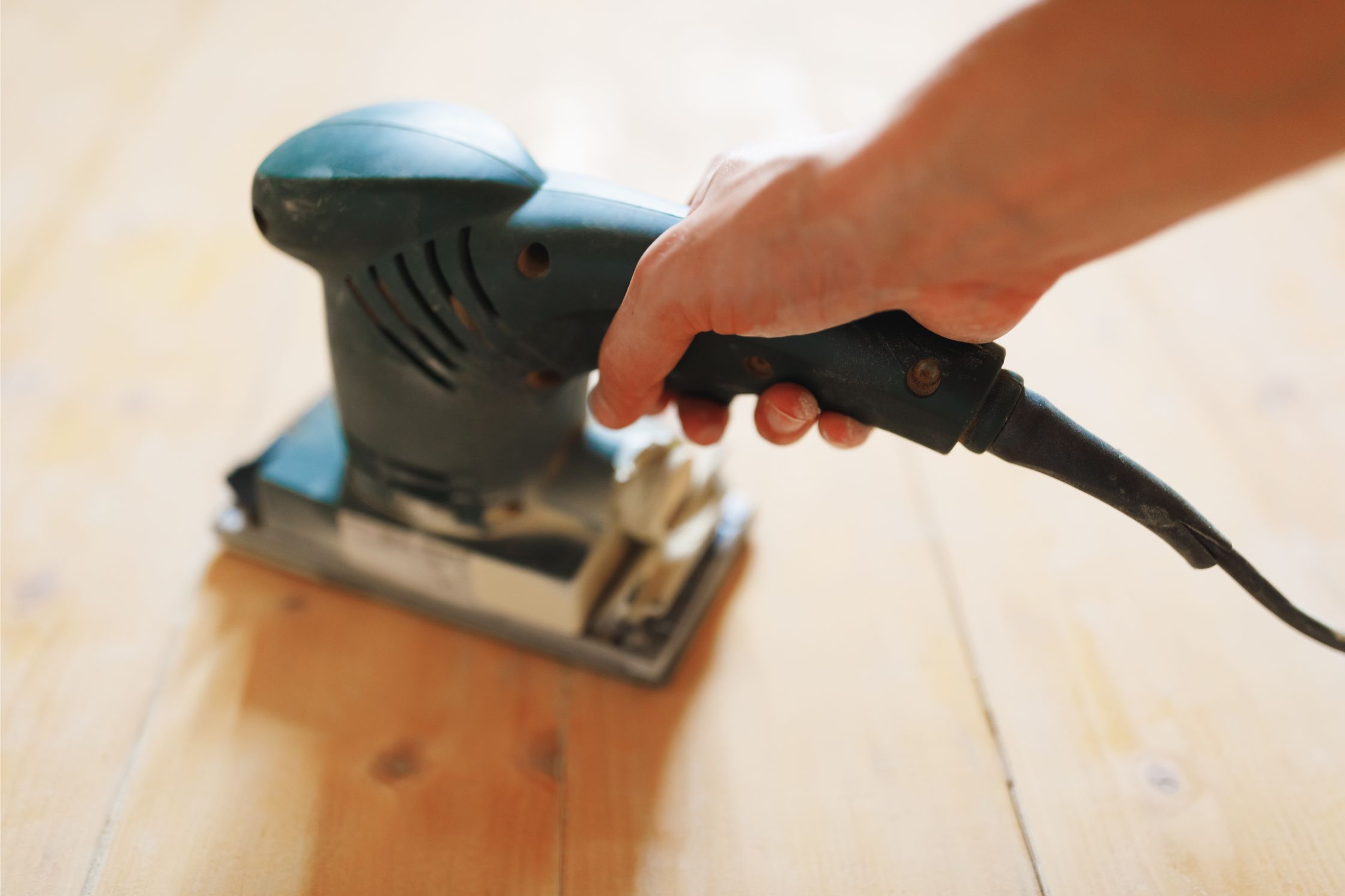
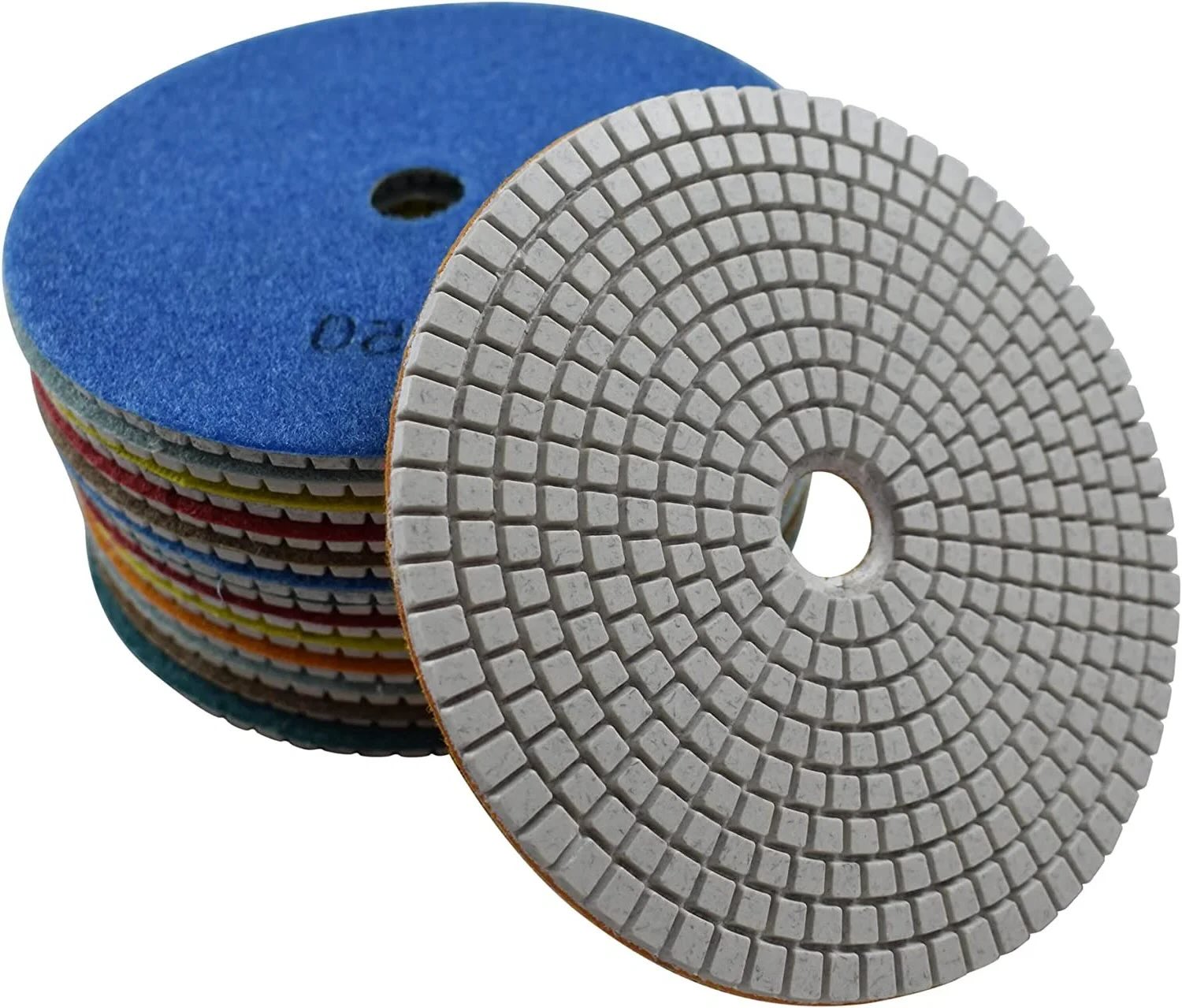
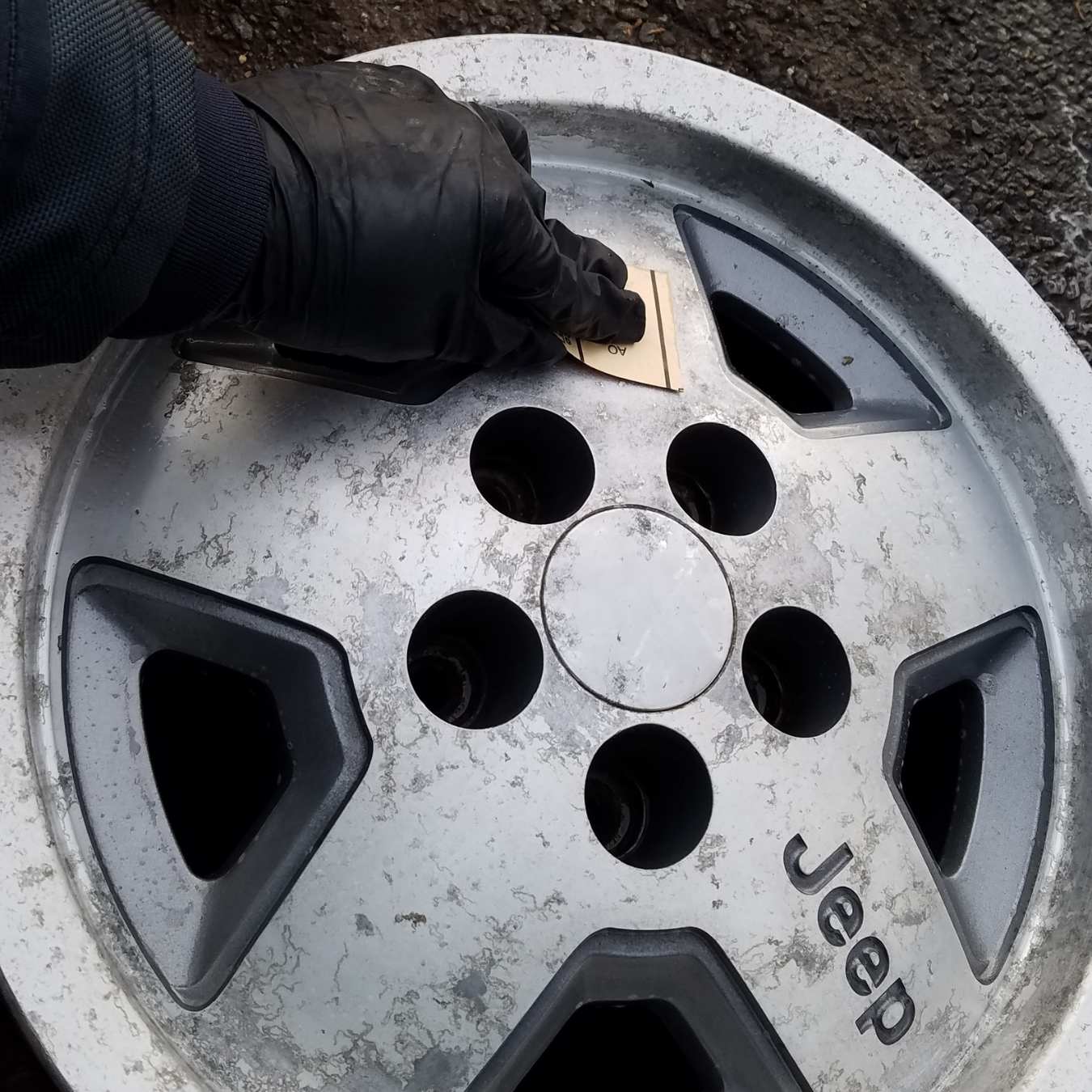

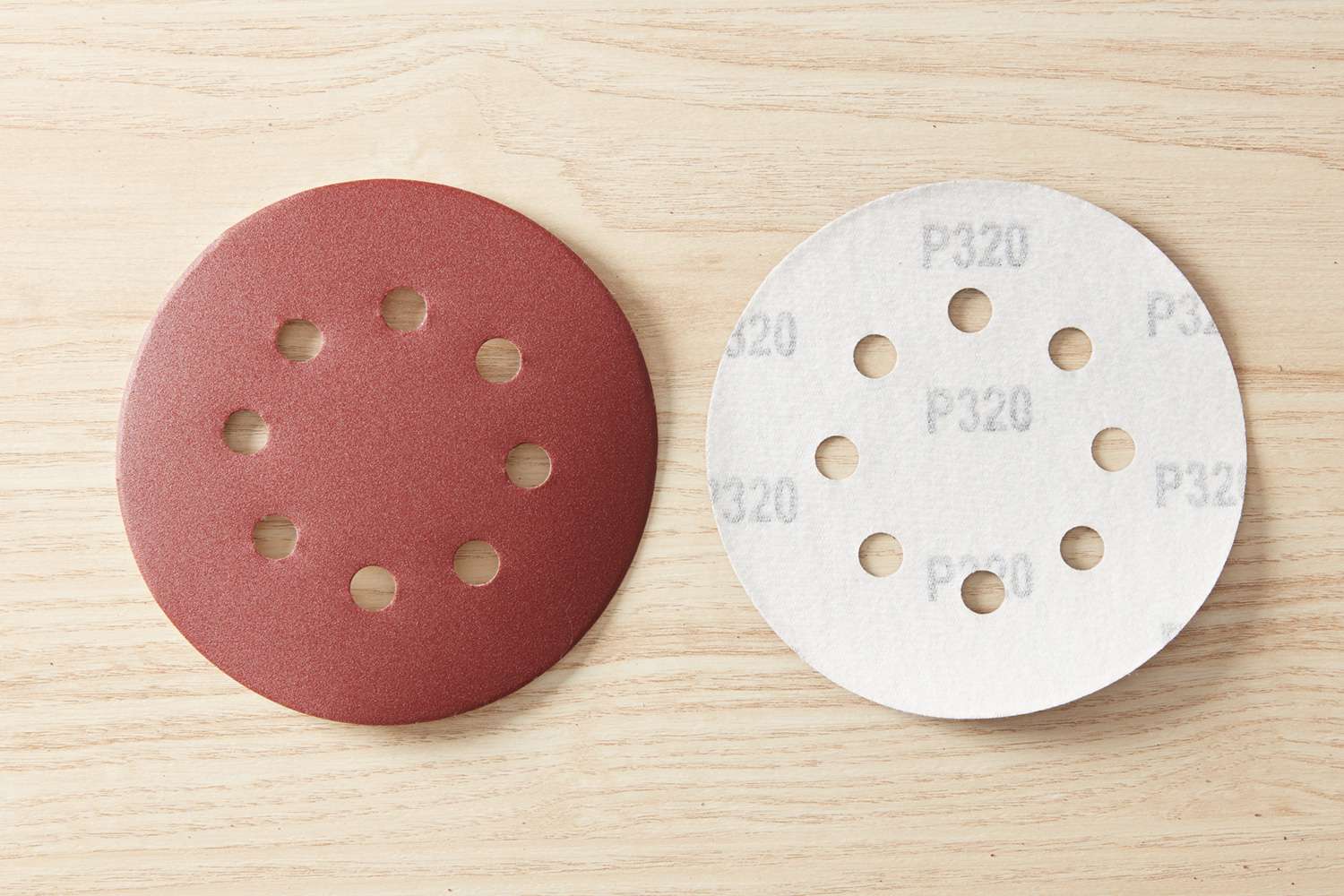
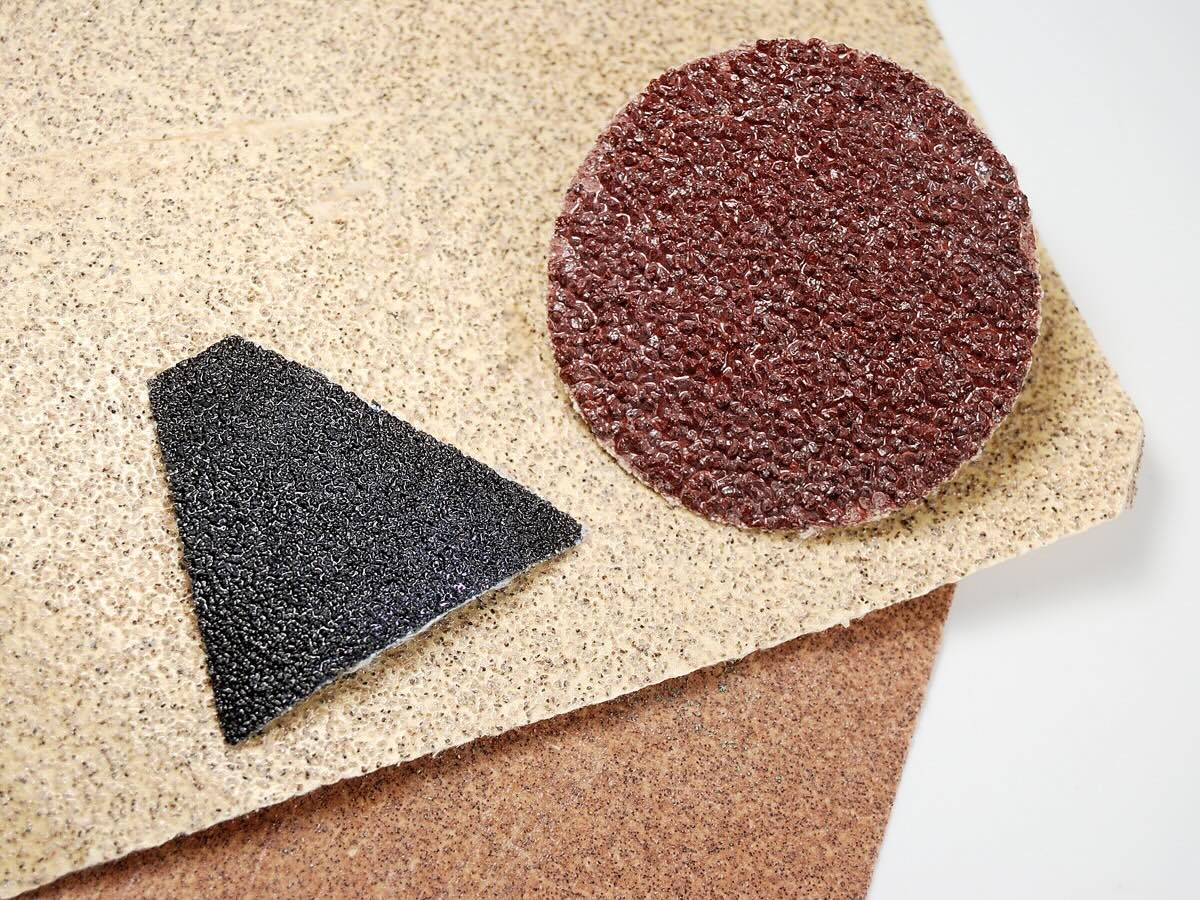
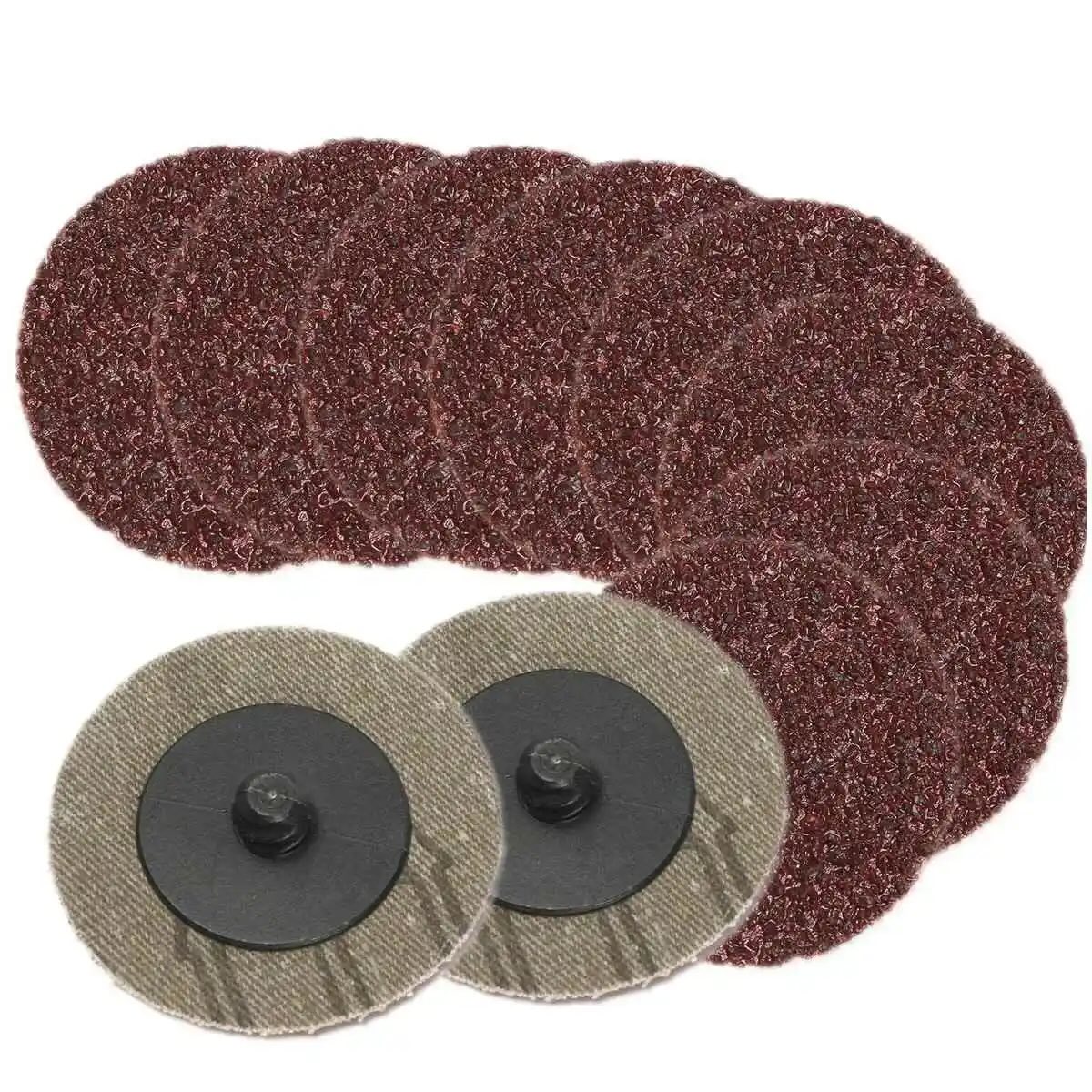
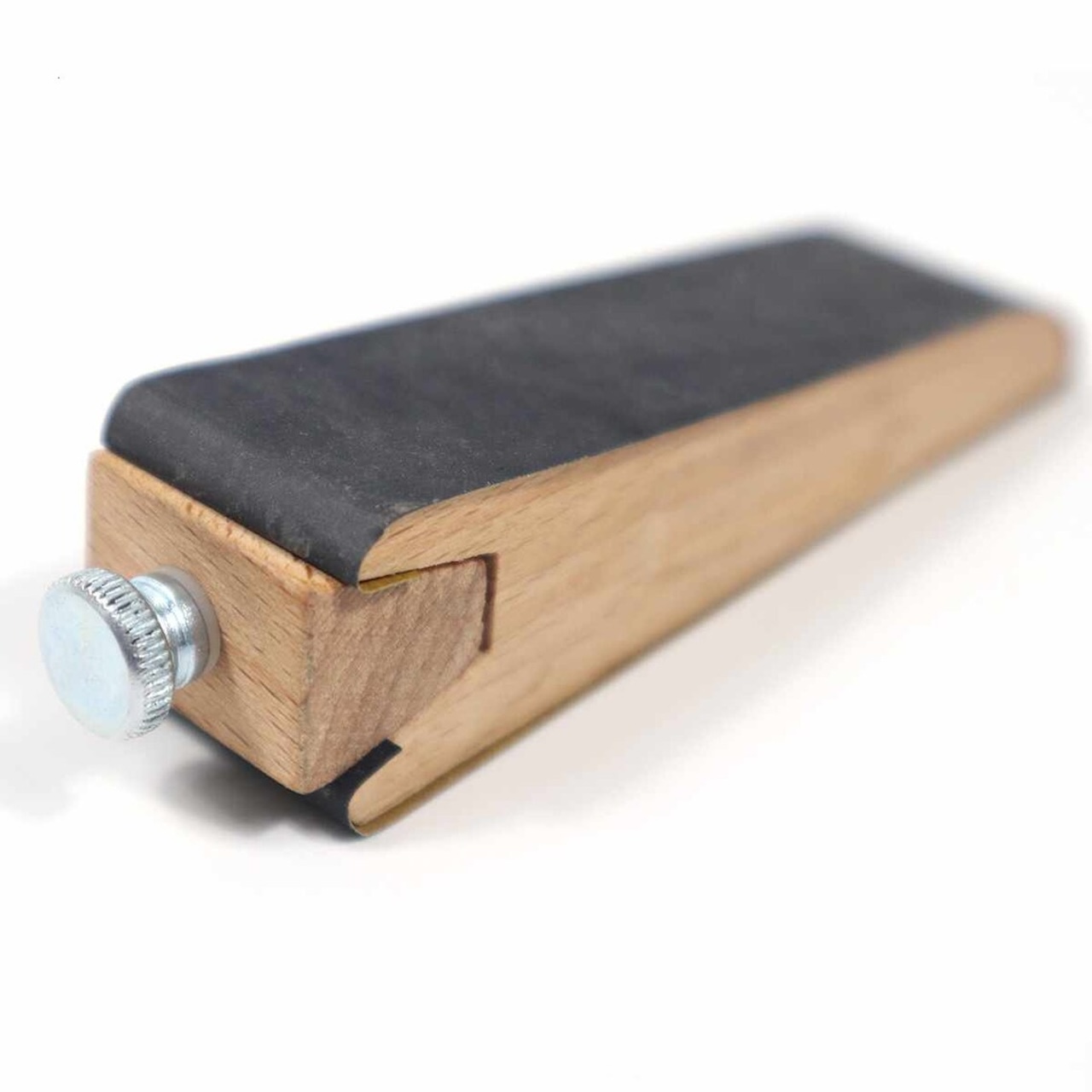
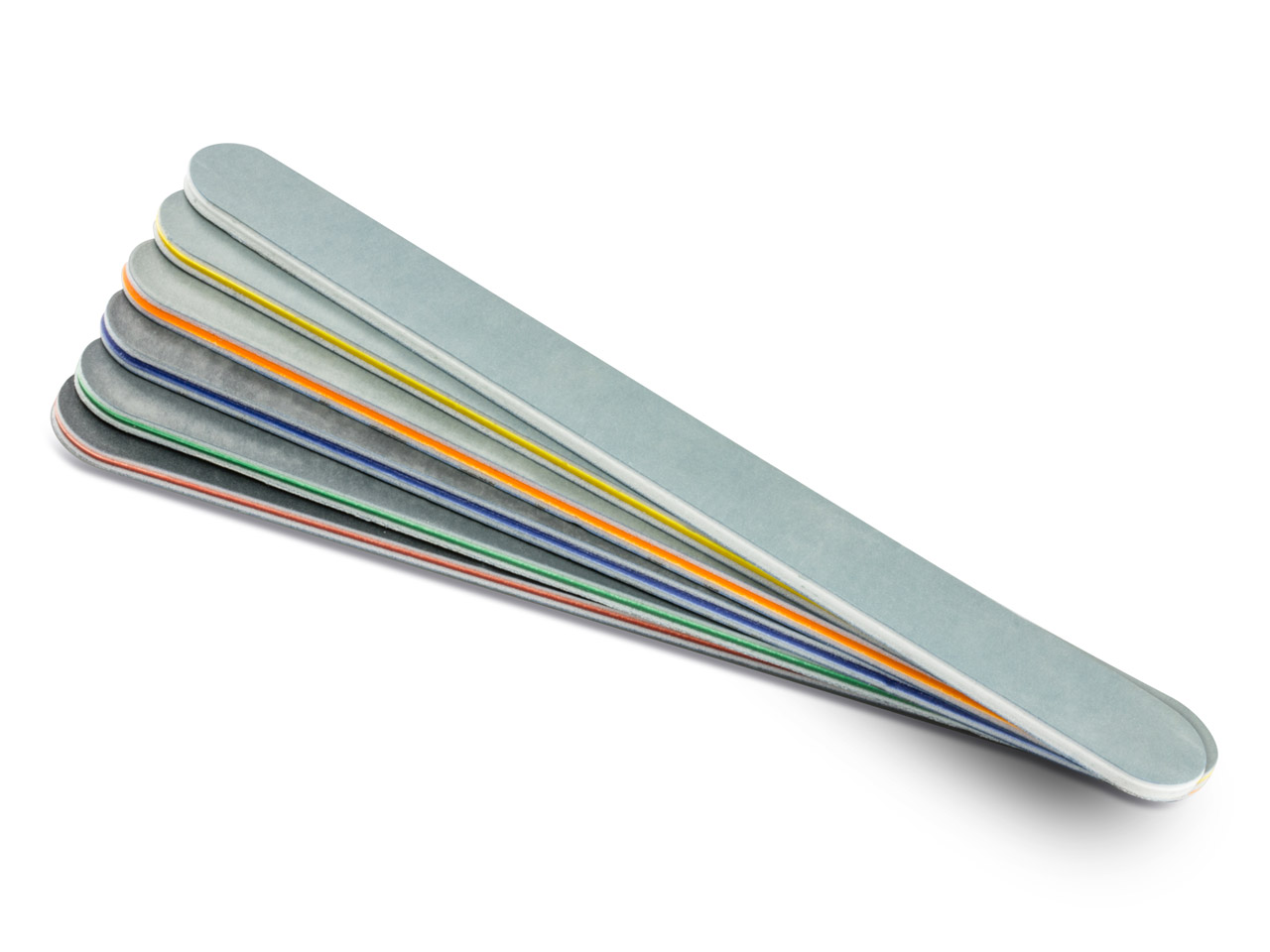
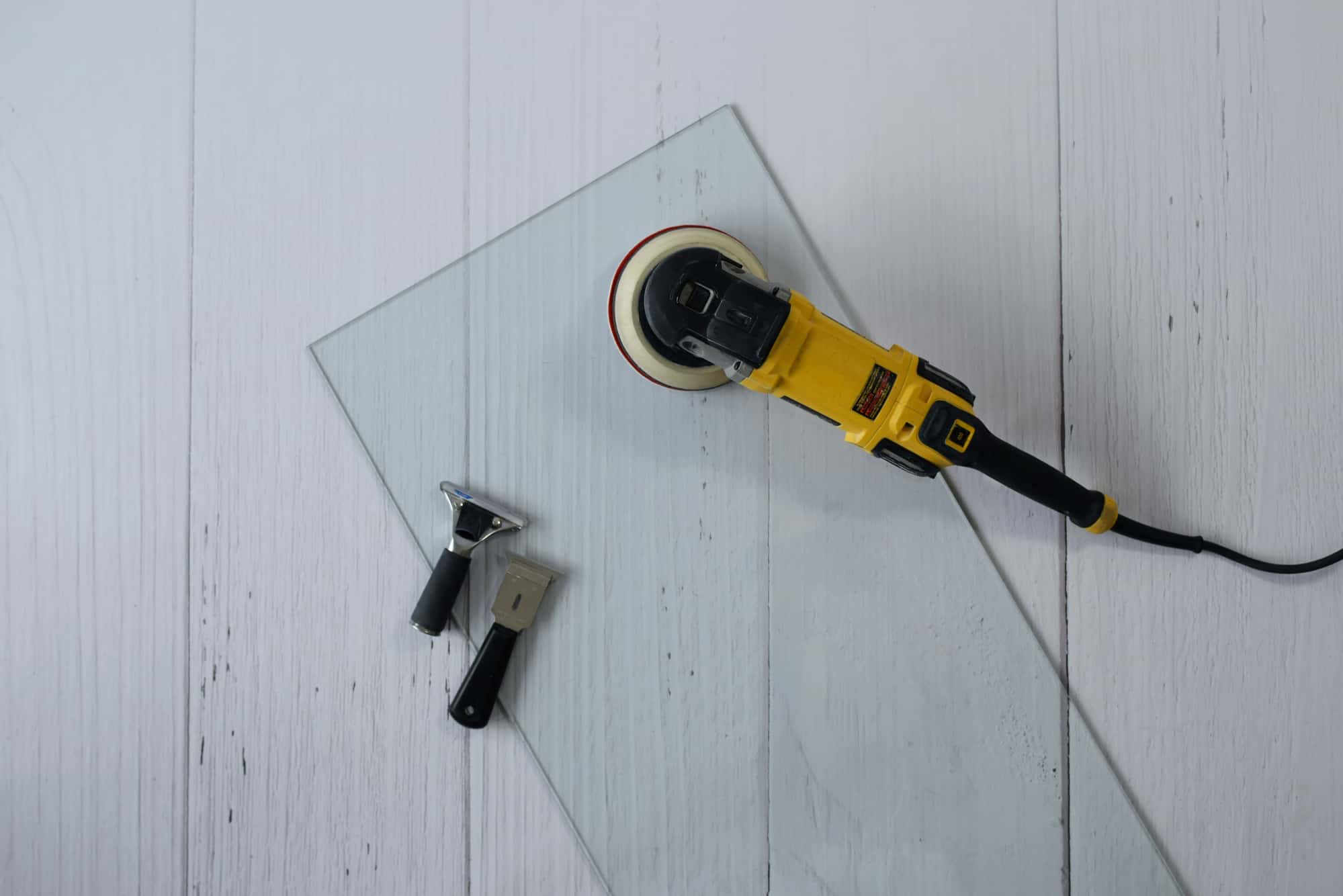

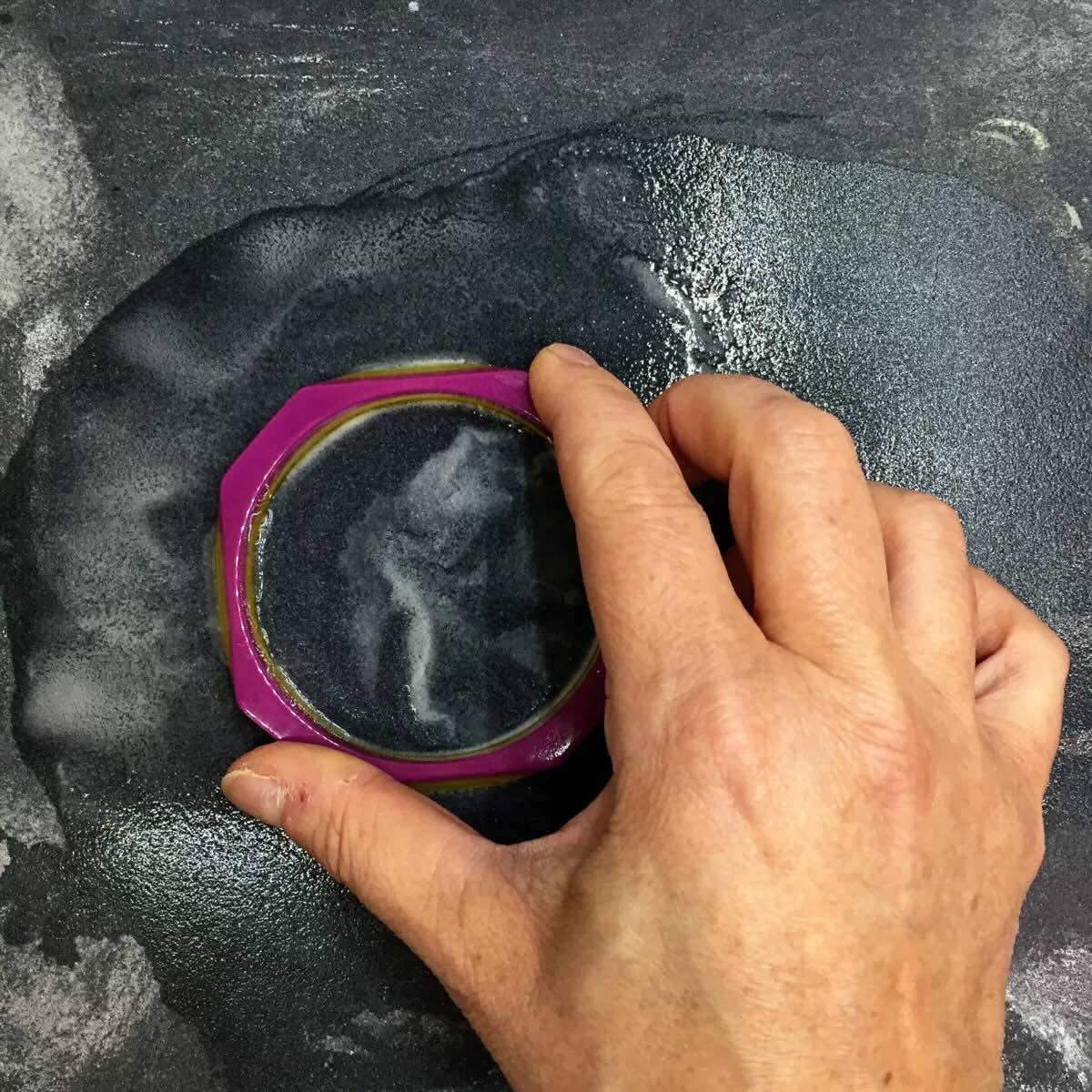
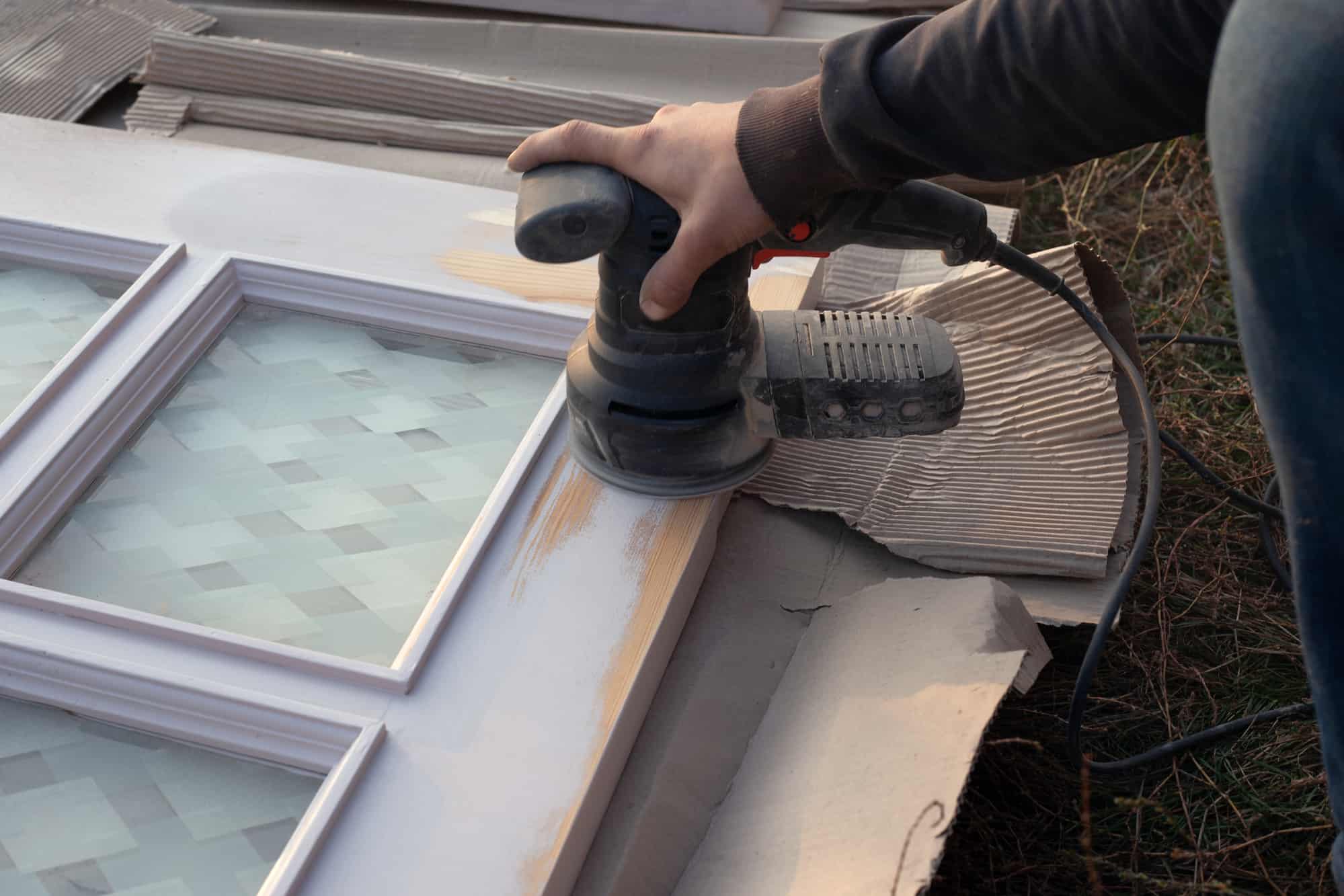

0 thoughts on “What Grit Sandpaper For Trim”